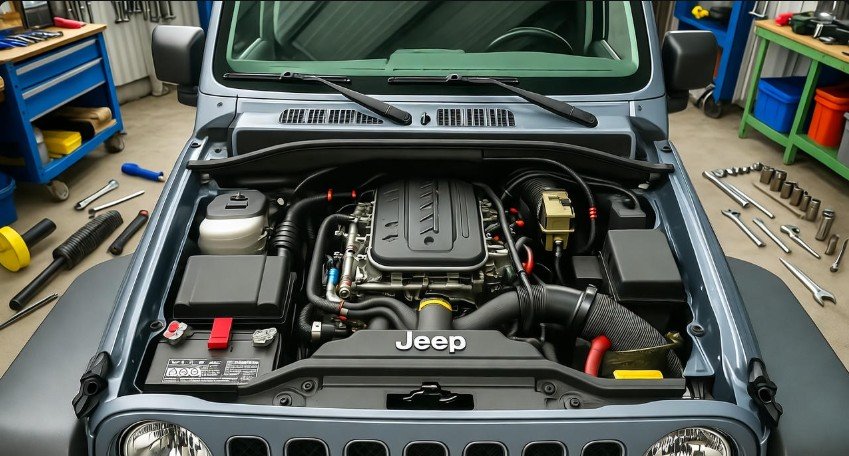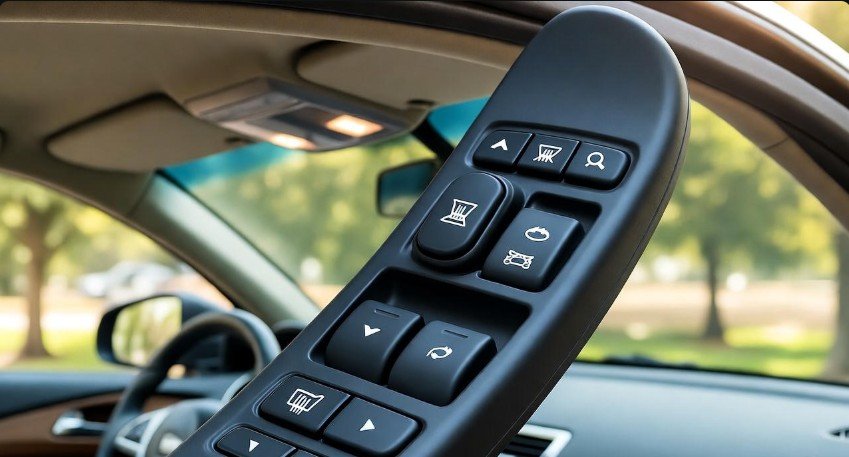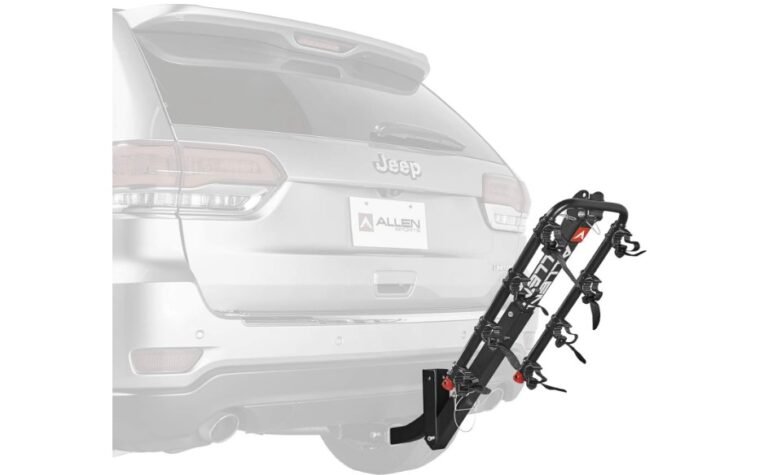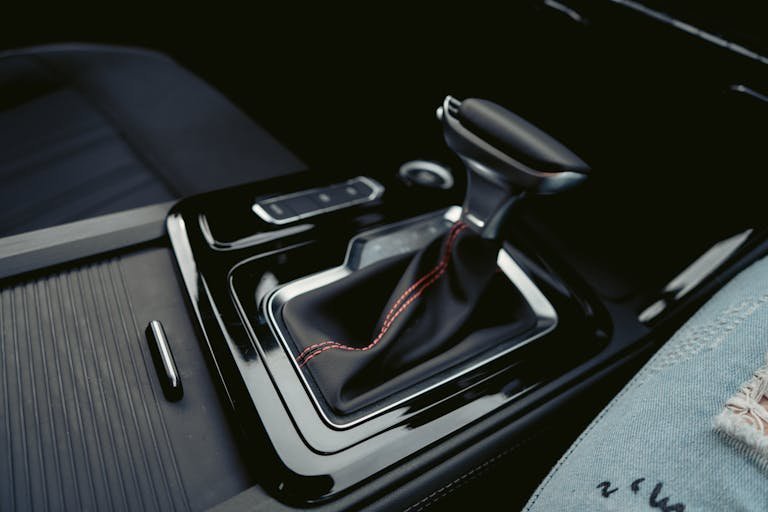How to Reset Jeep After Battery Change: Complete Guide

Changing the battery in your Jeep might seem like a simple task, but it can trigger a domino effect on your vehicle’s electronic systems. From power windows to the radio, and even the throttle body, many components depend on consistent power to function properly. After installing a new battery, some systems may act unpredictably, leaving you frustrated or unsure if something went wrong during installation. If you’ve ever experienced your Jeep’s electronics behaving strangely after a battery replacement, you’re not alone. Many Jeep owners notice subtle quirks, like slow window movement, radio reset prompts, or unresponsive key fobs. Thankfully, these issues aren’t permanent and can be resolved with proper reset procedures. This guide will walk you through step-by-step methods to reset your Jeep after a battery change, ensuring all systems return to their optimal state.
Resetting Power Windows and Sunroof

One of the most common issues after a battery change involves your Jeep’s power windows and sunroof. These systems rely on memory settings stored in the vehicle’s control modules, which may be wiped during a battery replacement. If you try to operate your windows and notice sluggish or incomplete movement, a reset is necessary. Here’s how you can do it: first, turn the ignition to the “ON” position. Next, open each window fully, followed by closing them completely. Hold the switches in the closed position for a few seconds before releasing. This simple procedure allows the window motors and control modules to recalibrate, ensuring smooth operation. Sunroofs often follow the same process, with a complete open-and-close cycle. By performing this reset, you not only restore functionality but also prevent long-term wear on motors caused by misalignment or incomplete calibration.
Many Jeep enthusiasts underestimate this step, assuming windows will “figure themselves out” after a drive. In reality, performing this reset is like teaching your Jeep a small lesson in patience: it helps the vehicle understand exactly how far the windows and sunroof should travel. Skipping this step can lead to persistent issues like jammed windows or sunroof misalignment. Taking a few extra minutes for this recalibration ensures peace of mind and prevents unnecessary trips to a mechanic.
Resetting the Radio and Infotainment System
The radio and infotainment system in your Jeep are more than just luxury features—they’re essential for modern driving comfort and safety. After a battery change, your radio may prompt for a security code or lose presets entirely, leaving you frustrated with a blank screen. To restore normal functionality, turn the ignition to the “ON” position and enter your radio security code, if prompted. This code is often found in your vehicle manual or a small card provided at purchase. Once entered, you can reset your favorite stations and adjust sound settings to your preference. For Jeeps equipped with touchscreen infotainment systems, follow the manufacturer’s reset instructions, which often involve a short press-and-hold sequence on the power button or a menu-based system reset.
Think of this reset like waking up a sleepy friend after a long nap—the system needs a gentle reminder of its preferences and settings. Skipping this step may result in minor glitches, such as unresponsive touchscreens, distorted sound, or inconsistent Bluetooth connections. A proper reset ensures that your Jeep’s entertainment and navigation features operate seamlessly, enhancing both convenience and safety while driving.
Reprogramming the Remote Key Fob
Another common issue after a battery change is a remote key fob that stops working. The fob communicates wirelessly with your Jeep, and when the battery is disconnected, the fob may lose synchronization with the vehicle’s security system. To reprogram your key fob, start by inserting the key into the ignition and turning it to the “ON” position. Press and hold the “Unlock” button on the fob, then while holding it, press the “Lock” button three times. Release the buttons and test the fob to ensure it operates correctly.
This procedure is surprisingly easy but often overlooked. Imagine trying to unlock your Jeep at a crowded parking lot only to realize your fob is dead—reprogramming it after a battery change prevents such frustrating moments. For owners with multiple fobs, repeating the procedure ensures all remotes are synchronized, avoiding inconsistencies where one fob works while another doesn’t. Keeping your remote key fob functional isn’t just about convenience—it’s a critical part of your Jeep’s security system.
Throttle Body Relearn Procedure
After a battery replacement, some Jeep models require a throttle body relearn procedure. The throttle body controls how much air enters the engine, affecting idle speed and throttle response. When power is disconnected, the engine control module (ECM) may lose calibration, leading to rough idling or delayed acceleration. To perform a relearn: turn the ignition to the “ON” position without starting the engine and wait two minutes for the throttle body to initialize. Turn the ignition off for at least 10 seconds, then start the engine and allow it to idle for three minutes. This step allows the ECM to recalibrate the throttle and adapt to real-time engine conditions.
Skipping this relearn procedure can result in jerky acceleration, uneven idle, or check engine lights, which can be alarming after a simple battery swap. Think of it as helping your Jeep take a deep breath after a momentary power interruption—it ensures the engine runs smoothly and responds accurately to your input. Completing this process not only restores normal throttle response but also optimizes fuel efficiency and reduces engine strain over time.
Clearing Diagnostic Trouble Codes (DTCs)
Finally, it’s wise to check and clear any diagnostic trouble codes (DTCs) after a battery change. Even minor disconnections can trigger stored codes in your Jeep’s onboard computer. Using an OBD-II scanner, connect to your vehicle’s diagnostic port, follow the prompts to clear stored codes, and then start the engine to ensure no new codes appear. This step acts as a clean slate, allowing your Jeep’s computer to monitor systems accurately without being distracted by old, irrelevant alerts.
Clearing DTCs is like resetting a cluttered digital calendar—it ensures you’re only notified about current issues, not old ones that no longer apply. This process is especially important if your Jeep experienced any minor glitches during the battery swap, as lingering codes can lead to unnecessary worry or improper troubleshooting. A cleared system provides peace of mind and ensures your Jeep’s electronics are functioning optimally.
Here’s a quick summary table of the main reset procedures:
| System | Reset Method | Purpose |
|---|---|---|
| Power Windows/Sunroof | Full open/close cycle with ignition ON | Recalibrate motors and switches |
| Radio/Infotainment | Enter security code, reset presets | Restore sound and navigation functionality |
| Remote Key Fob | Hold unlock + lock sequence | Re-synchronize fobs with vehicle |
| Throttle Body | Ignition ON idle, off, restart | Relearn throttle response and idle |
| DTCs | OBD-II scanner | Clear old trouble codes and errors |





